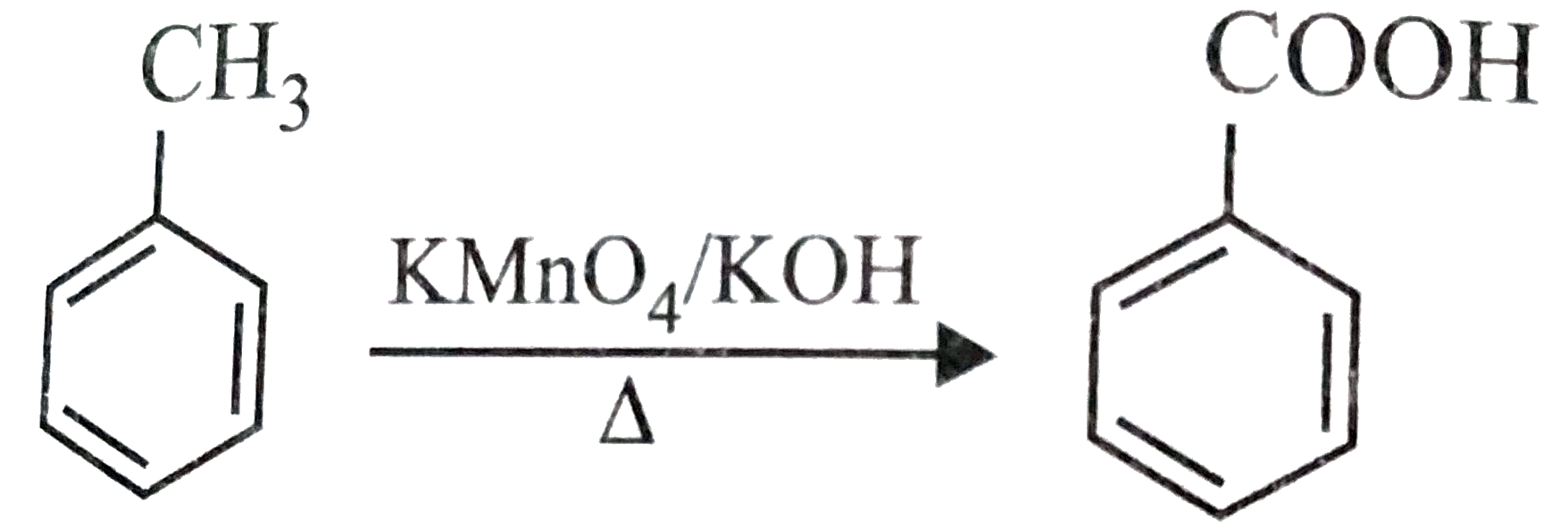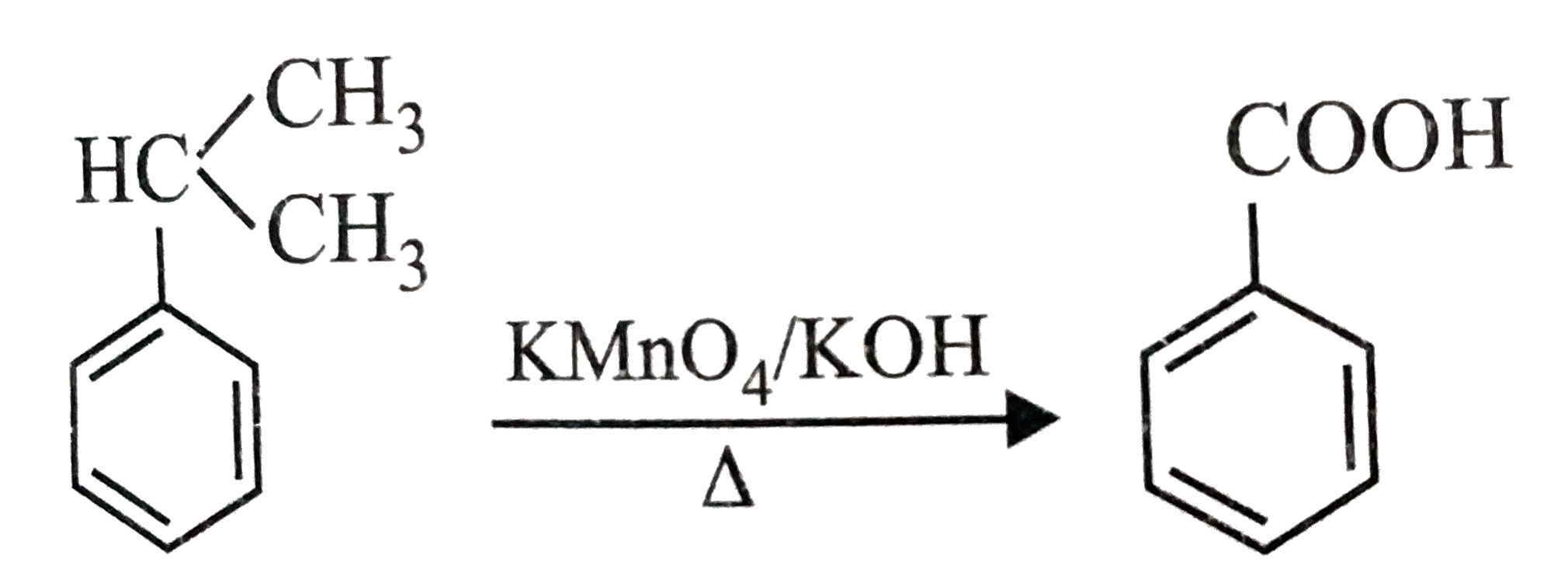Which of the following reaction does not occur spontaneously?
Fe+3+Cd→Cd+2+Fe+2
Fe+3+I−→Fe+2+I2
Fe+2+MnO−4H+−−→Fe+3+Mn+2
Fe+3+Ce+3→Fe+2+Ce+4
The correct Answer is:D
To determine which of the given reactions does not occur spontaneously, we need to analyze the standard reduction potentials of the species involved in each reaction. Here’s a step-by-step solution:
Step 1: Identify the Species and Their Reduction Potentials
We need to write down the standard reduction potential values for the ions involved in the reactions. The relevant ions are:
- Fe³⁺ / Fe²⁺
- Cd²⁺ / Cd
- I⁻ / I₂
- MnO₄⁻ / Mn²⁺
- Ce³⁺ / Ce⁴⁺
Step 2: List the Standard Reduction Potentials
The standard reduction potentials (E°) for these half-reactions (values may vary slightly based on different sources) are approximately:
- E°(Fe³⁺/Fe²⁺) = +0.77 V
- E°(Cd²⁺/Cd) = -0.40 V
- E°(I⁻/I₂) = +0.54 V
- E°(MnO₄⁻/Mn²⁺) = +1.51 V
- E°(Ce⁴⁺/Ce³⁺) = +1.61 V
Step 3: Analyze Each Reaction
1. Cd + Fe³⁺ → Cd²⁺ + Fe²⁺
- Cd is a strong reducing agent (E° = -0.40 V), and Fe³⁺ is a stronger oxidizing agent (E° = +0.77 V).
- This reaction is spontaneous.
2. I⁻ + Fe³⁺ → I₂ + Fe²⁺
- I⁻ (E° = +0.54 V) can reduce Fe³⁺ (E° = +0.77 V) to Fe²⁺.
- This reaction is spontaneous.
3. Fe²⁺ + MnO₄⁻ → Fe³⁺ + Mn²⁺
- Fe²⁺ (E° = +0.77 V) can reduce MnO₄⁻ (E° = +1.51 V) to Mn²⁺.
- This reaction is spontaneous.
4. Fe³⁺ + Ce³⁺ → Fe²⁺ + Ce⁴⁺
- Ce³⁺ (E° = +1.61 V) is a weaker reducing agent compared to Fe³⁺ (E° = +0.77 V).
- Ce³⁺ cannot reduce Fe³⁺, making this reaction non-spontaneous.
Conclusion
The reaction that does not occur spontaneously is:
Fe³⁺ + Ce³⁺ → Fe²⁺ + Ce⁴⁺
We need to write down the standard reduction potential values for the ions involved in the reactions. The relevant ions are:
- Fe³⁺ / Fe²⁺
- Cd²⁺ / Cd
- I⁻ / I₂
- MnO₄⁻ / Mn²⁺
- Ce³⁺ / Ce⁴⁺
The standard reduction potentials (E°) for these half-reactions (values may vary slightly based on different sources) are approximately:
- E°(Fe³⁺/Fe²⁺) = +0.77 V
- E°(Cd²⁺/Cd) = -0.40 V
- E°(I⁻/I₂) = +0.54 V
- E°(MnO₄⁻/Mn²⁺) = +1.51 V
- E°(Ce⁴⁺/Ce³⁺) = +1.61 V
1. Cd + Fe³⁺ → Cd²⁺ + Fe²⁺
- Cd is a strong reducing agent (E° = -0.40 V), and Fe³⁺ is a stronger oxidizing agent (E° = +0.77 V).
- This reaction is spontaneous.
- I⁻ (E° = +0.54 V) can reduce Fe³⁺ (E° = +0.77 V) to Fe²⁺.
- This reaction is spontaneous.
- Fe²⁺ (E° = +0.77 V) can reduce MnO₄⁻ (E° = +1.51 V) to Mn²⁺.
- This reaction is spontaneous.
- Ce³⁺ (E° = +1.61 V) is a weaker reducing agent compared to Fe³⁺ (E° = +0.77 V).
- Ce³⁺ cannot reduce Fe³⁺, making this reaction non-spontaneous.
The reaction that does not occur spontaneously is:
Fe³⁺ + Ce³⁺ → Fe²⁺ + Ce⁴⁺
Similar Questions
Knowledge Check
Which of the following reactions does not occur ?
A B
B C
C D
D
Which of the following reactions does not occur during calcination?
View SolutionWhich of the following reaction does not occur in Bessemer’s converter ?
View SolutionWhich of the following reaction does not occur in Bessemer’s converter ?
View SolutionPredict which of the following reactions would proceed spontaneously at 298K?
View SolutionPredict which of the following reactions would proceed spontaneously at 298 K? [Hint : Refer to Electrochemical series]
View SolutionFor a reaction to occur spontaneously
View SolutionFor a reaction to occur spontaneously
View Solution